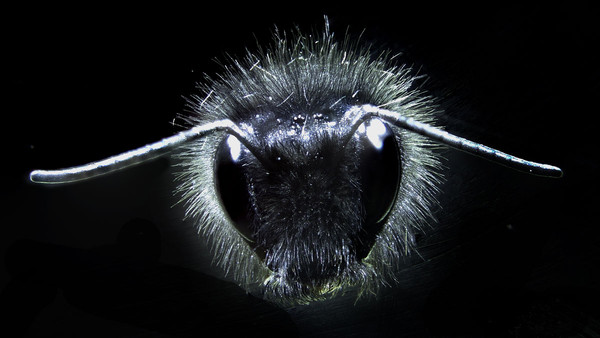Bumblebees can detect electric fields. The bees are so sensitive to electric fields that they can even detect the small electric field generated by a human being. Gregory P. Sutton and colleagues from the University of Bristol in the United Kingdom have determined that tiny hairs on the bee’s body allow the bees to detect electric fields.
Sharks, whales, and a number of animals that live in water can detect electric fields because the water contains ions. Bumblebees and all bees are one of the few terrestrial organisms that can detect electric fields in dry air. The detection of electric fields in bees is a mechanical system and does not involve the presence of any ions to conduct electricity. Dry air is an insulator.
The researchers found that the deflection of tiny hairs on the bumblebee’s body called mechanosensory hairs produce the ability to detect electric fields. Laser vibration measurements that did not touch the bees showed that the hairs are more responsive to small changes in electric fields than a bee’s antenna are. Deflection of the hairs in response to an electric filed produced a neural response in the bee’s brain but no similar response was seen from the movement of the bee’s antenna.
The discovery explains how bees can detect an electric field that is minuscule even in dry air. The detection of electric fields helps bees to avoid predators and may aid in finding flowers that have high water content. People generate a small electric field because the physical placement of ions in the body is not always electrically neutral. The discovery may explain why bees sting some people preferentially.















